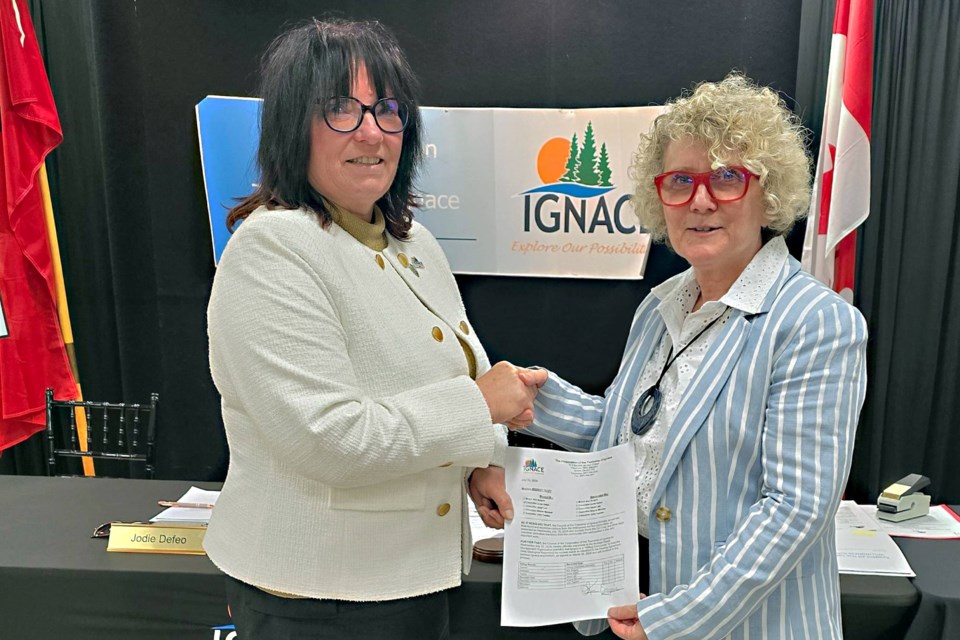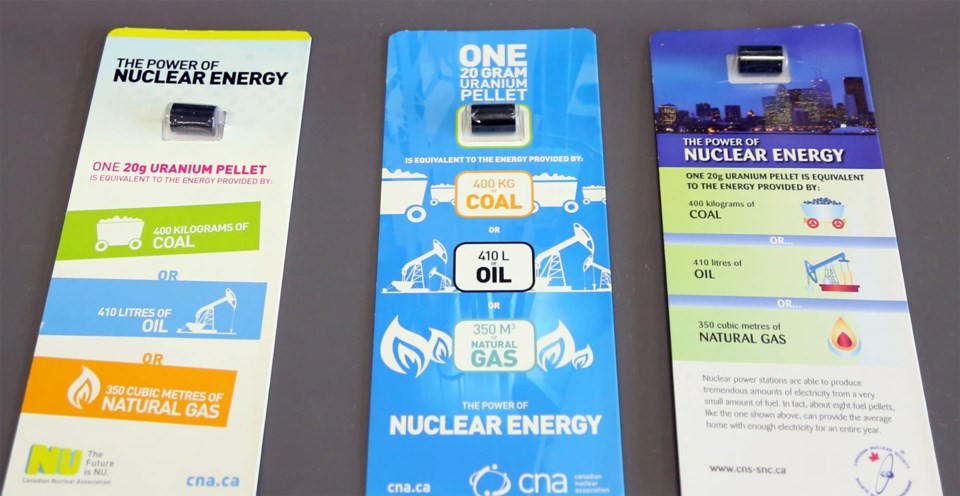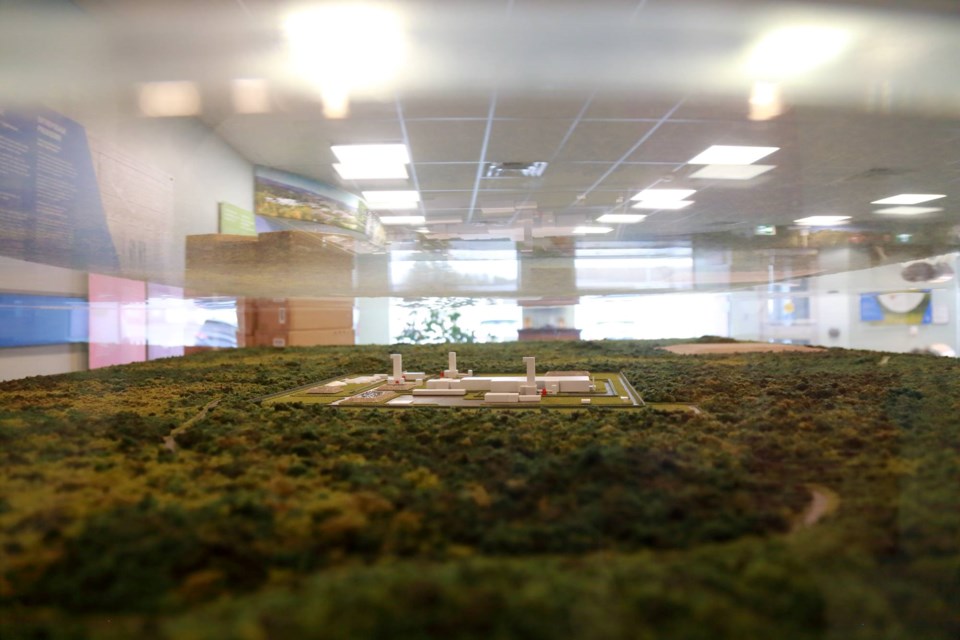It’s no secret that communities in Northern Ontario are dependent on the natural resource sector — and in turn subject to its cyclical boom and bust periods. The Township of Ignace, 250 kilometres west of Thunder Bay, started as a railway stop as many of the region’s towns did. It traditionally relied on forestry and mining; today, its population is less than half of its peak of 2,500 in 1981.
Although mining throughout the region is expected to be on the upswing again shortly, the Township of Ignace found another, more stable project that it hopes will bring economic prosperity to the area: nuclear waste storage.
The Nuclear Waste Management Organization (NWMO) made the announcement in November 2024 after a 14-year search that Ignace was the successful community to host a deep geological repository for used nuclear bundles.

NWMO estimates the project will cost $26 billion over the project’s 175-year lifespan. On average, that would amount to about $124,000 per person per year injected into the community based on the current population. To put that into perspective, Toronto’s operating budget in 2025 is $18.8 billion for a city of 3 million people or about $6,300 per person this year.
“When you talk about Communities on the Move, Ignace is definitely on the move,” said township spokesperson Giacomo (Jake) Pastore. “We’ve put ourselves on the map.”
Pastore said that for Ignace, the project isn’t needed just for economic development. It’s needed for survival.
“If you do nothing, Ignace will not be here,” Pastore said.
That may not be hyperbole as one-industry ghost towns in Northern Ontario such Desaulniers, Milberta, and Jackfish can attest. Pastore said that 77.3 per cent of the community, 16 years and older, voted yes to the nuclear waste storage project.
“That’s a very, very strong mandate to move forward.”
Involving the youth vote in Ignace was important, Pastore said, because it will affect them most.
Construction is scheduled to start in 2033 and operations to begin in 2043.
The project should bring economic stability to the town and surrounding area.
“This industry is not cyclical,” he said, adding that he doesn’t know “how many millions” of spent fuel bundles are waiting for permanent storage. “It doesn’t depend on whether it’s a good economy or a bad economy. Used nuclear fuel will be coming for years and years and years to come. That’s what makes it an attractive industry for our community.”
Pastore said nearby Wabigoon Lake Ojibway Nation entered a separate agreement with NWMO on the project.

Twenty-year timelines may sound like a long time to wait for prosperity, but the impact should be more immediate in the run-up to the project. The next eight years will be filled with assessments, permitting, and related processes before construction can begin. Municipal infrastructure such as housing will need to be put into place — the construction phase alone could triple the size of Ignace, Pastore said. He said that he expects companies will start setting up offices in Ignace in the near future.
“Those kinds of inquiries have already started to take place,” he said.
On April 10, 2025, NWMO announced it was actively looking for “local and Indigenous businesses and suppliers” to start the procurement process.
“This is a major public infrastructure project, and we want to help businesses in the area compete for our procurement opportunities,” said NWMO commercial director Robert De Bartolo in a press release.
“The organization is committed to moving our operations to the Northwest. Establishing supplier relationships that are close to the future deep geological repository is an important part of our long-term supply process. This approach makes good business sense.”

Pastore indicated that there are other signs of coming prosperity as well. “We’ve been approached by a financial institution. We only had one little credit union, which left the community about two years ago,” he said.
Also on the horizon: a permanent Centre of Expertise, which will replace the current Learn More Centre that provides information to community members about nuclear waste storage. The new centre will be housed in a multi-purpose building that will also contain NWMO offices and related uses. The $20-million project needs to break ground within two years as part of the comprehensive agreement the township signed.
Bringing this new industry to town doesn’t mean Ignace is turning its back on traditional industries. Forestry and mining will remain a part of its economic fabric, Pastore said. But as the impact of tariffs on the region’s softwood lumber activities illustrates, it is important to diversify.
“It’s an ongoing economic development issue for all of Northern Ontario,” Pastore said. “When these lifetime projects come around, you have to be ready to jump on board.
“Kudos to (Ignace) council 15 years ago that put up their hand and said, ‘Maybe we’ve got a shot at this.’ And here we are.”




